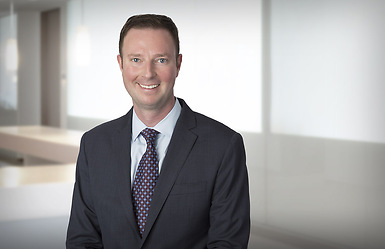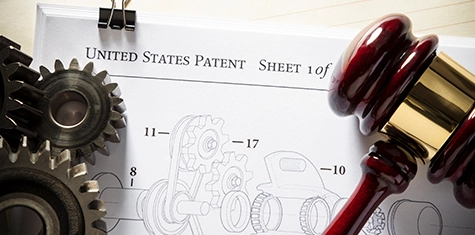Rule 702 of the Federal Rules of Evidence requires district courts to “ensur[e] that an expert’s testimony both rests on a reliable foundation and is relevant to the task at hand.” Daubert v. Merrell Dow Pharmaceuticals, Inc., 509 U.S. 579 (1993)).
Rule 702 was recently amended on December 1, 2023, to clarify the standard for how judges must deal with challenges to expert testimony. The amended rule will very likely have a significant impact on the admissibility of expert testimony in patent cases.
Rule 702 was changed in two ways:
- First, the party who offers expert testimony has the burden to show that all the requirements for admissibility have been met by a “more likely than not” standard. Fed. R. Evid. 702.
- Second, the court must decide the reliability of expert testimony such that “the expert’s opinion reflects a reliable application of the principles and methods to the facts of the case.” Fed. R. Evid. 702(d). As such, it appears judges will not only review whether the principles and methods employed by an expert were reliable but must also evaluate whether the expert’s opinion itself is also reliable.
These changes may make it harder for litigants to admit expert testimony when compared to the previous version of the rule. This will likely lead to increased motions to exclude expert testimony. Several recent patent cases show the impact of the Rule:
Puff Corp. v. SHO Prods., LLC, 2024 WL 2208929, at *12 (C.D. Cal. Apr. 19, 2024)
- The patentee moved to exclude the testimony of the damages expert for the accused infringer on the basis that the expert’s apportionment analysis misconstrued the inventive aspects of the invention. Id.
- The court granted the motion and held that the expert failed “to compare the value of the claimed invention as a whole to the value of the conventional elements standing alone” and explained that such an improper comparison “does not reflect ‘a reliable application of [the expert’s] principles and methods to the facts of the case.’” (quoting Fed. R. Evid. 702(d)).
Exafer Ltd. v. Microsoft Corp., 2024 WL 1087374 (W.D. Tex. Mar. 7, 2024)
- The accused infringer filed a motion to exclude the testimony of the patentee’s damages expert on the basis that the expert had used unaccused products for the royalty base. Id. at *3.
- The court granted the motion and held that the patentee had “failed to meet its burden to show that [its] damages theory is based on a sufficiently reliable methodology such that it should go before a jury.” Id.
Centripetal Networks, LLC v. Palo Alto Networks, Inc., 2024 WL 380972 (E.D. Va. Jan. 30, 2024)
- The accused infringer moved to exclude the damages expert for the patentee on the grounds that the expert relied on a settlement agreement that was not comparable to the hypothetical negotiation. Id. at *2.
- The court denied the motion and held that while the accused infringer disagrees with the patentee’s damages expert’s analysis and conclusion that the settlement agreement is sufficiently similar, “that is a dispute of fact that must be left to the jury.” Id. at *4.
Regents of the Unv. of Minn. v. AT&T Mobility LLC, 2024 WL 844579 (D. Minn. Feb. 28, 2024)
- The accused infringer moved to exclude the testimony of the damages expert for the patentee on several grounds, including that the expert allegedly “inflated the value of the patents through forward citations without accounting for patent age.” Id. at *5, 7.
- The court pointed out that “[o]ffering no explanation for why the forward citation method is appropriate presents an issue of reliability.” Id. at *7. However, the damages expert pointed to the specific technology and when it became widely available to explain why he may not have needed to account for patent age. Id.
- As such, the court denied the motion and held that “[w]hether that statement [by the damages expert] is persuasive should be decided by the jury, as it speaks to the factual basis of [the expert’s] opinion, not the methodology.” Id.
Key Takeaways:
- The amended Rule 702 imposes a heavier burden on litigants to show the reliability of expert testimony.
- Litigants who attempt to exclude an expert under the amended Rule will likely focus on the methodology of the opposing side’s expert and argue that the opinion is not a reliable application of the methodology to the facts of the case.
- Litigants who are opposing a motion to exclude their expert will likely argue that the challenge is more of a fact dispute that must be decided by the jury.
- Attorneys will need to make sure their experts use an appropriate methodology that is reliably applied to the facts at issue.


